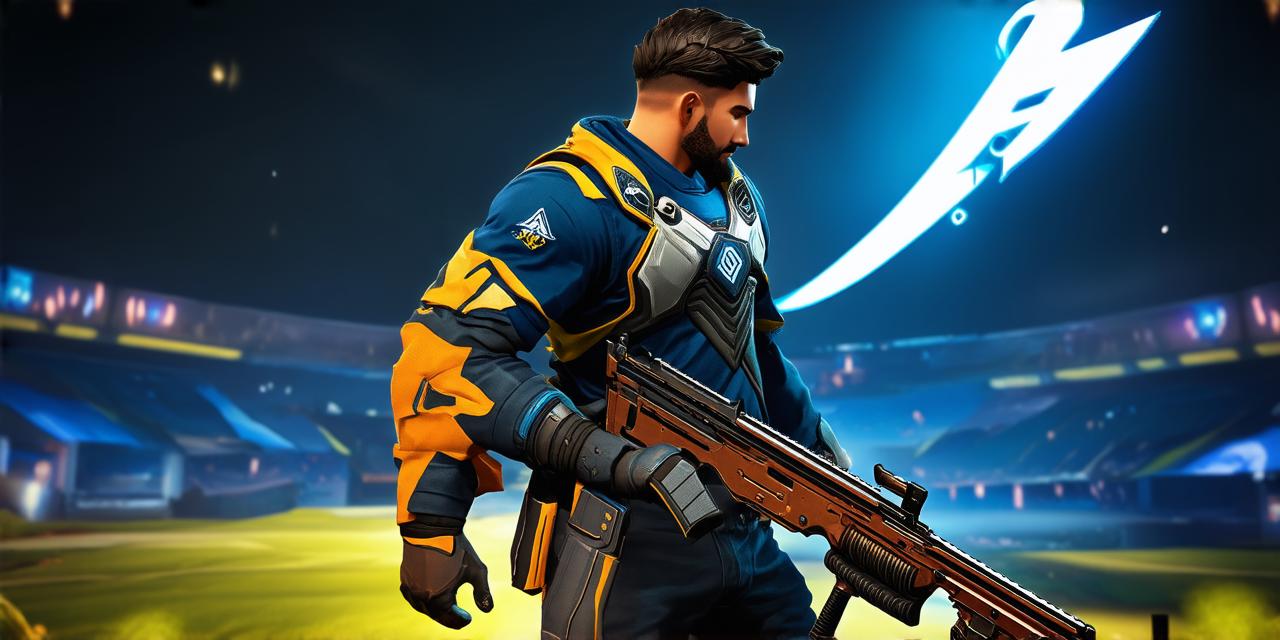Player movement is a critical aspect of any game, and it’s essential to have smooth and intuitive controls that allow players to move their characters seamlessly through the game world. In this article, we’ll explore the best methods for player movement in Unity, covering different approaches and techniques you can use to create responsive and engaging player experiences.
1. Rigidbody 2D and 3D
Rigidbody is one of the most powerful tools available for player movement in Unity. It’s a physics-based component that allows you to simulate the behavior of objects in your game world, including player characters. With Rigidbody, you can create realistic character movements, such as jumping, running, and crawling, by manipulating the object’s position, velocity, and acceleration.
2D Rigidbody is ideal for creating 2D games, where the player moves horizontally across the game world. You can use this component to create smooth movement by adjusting the character’s speed and direction based on user input. In addition, you can add additional physics properties such as gravity, friction, and damping to control how the character moves and interacts with the environment.
3D Rigidbody is suitable for creating 3D games, where the player moves in all directions across the game world. You can use this component to create realistic movements such as running, jumping, and flying by adjusting the character’s speed, direction, and acceleration based on user input. Additionally, you can add more complex physics properties such as gravity, friction, and damping to control how the character moves and interacts with the environment.
3. Animator 2D and 3D
Animator is another powerful tool for player movement in Unity. It allows you to create smooth and fluid animations for your characters by controlling their movements through keyframes and animation clips. With Animator, you can create a wide range of movements, including running, jumping, crawling, and even flying, by defining the character’s animations and transitions.
2D Animator is ideal for creating 2D games, where the player moves horizontally across the game world. You can use this component to create smooth movement by animating the character’s sprites based on user input. In addition, you can add more complex animation clips such as idle, running, and jumping animations to create a more engaging player experience.
3D Animator is suitable for creating 3D games, where the player moves in all directions across the game world. You can use this component to create smooth movements by animating the character’s meshes based on user input. Additionally, you can add more complex animation clips such as running, jumping, and flying animations to create a more engaging player experience.
4. Input Manager
Input Manager is an essential tool for controlling player movement in Unity. It allows you to map user inputs such as keyboard and mouse controls to specific actions in your game, such as moving the character, jumping, and attacking. With Input Manager, you can create intuitive and responsive controls that allow players to move their characters seamlessly through the game world.
In conclusion, the best method for player movement in Unity depends on the type of game you’re creating and the level of realism you want to achieve. Rigidbody and Animator are powerful tools that allow you to create realistic movements for your characters, while Input Manager provides intuitive and responsive controls for players. By combining these tools with other features in Unity, such as scripting and particle effects, you can create engaging and immersive player experiences that keep players coming back for more.
